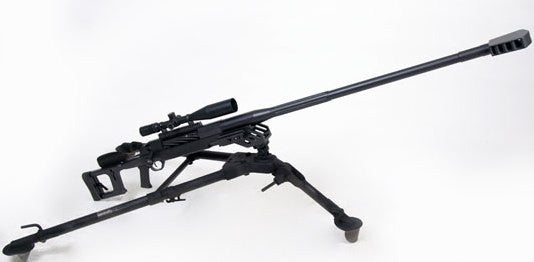


Because of this, Finland finally settled on the 20 mm design and started production. Only two 20 mm rifles and a few 13.2 mm machine guns made it to the front, where the 13.2 mm machine guns were found to be ineffective and unreliable while the larger 20 mm rifles proved successful against Soviet armour. The barrel had a wooden jacket as to allow transportation after firing.ĭuring the Winter War (1939–1940) Finland lacked anti-tank weaponry. To reduce recoil, the rifle is equipped with a five hole muzzle brake and a padded leather recoil pad. The rifle is a semi-automatic, gas operated weapon with the piston located beneath the barrel and ammunition feed from detachable top-mounted magazine with bottom ejection for the spent cartridges. After test firing both weapons in 1939, they found that the 20 mm rifle displayed better penetration.

As a result, Lahti designed two competing anti-tank weapons: a 13.2 mm machine gun and a 20 mm rifle. Officers who wanted smaller calibre anti-tank weapons believed that the muzzle velocity of 20 mm shells was insufficient to penetrate armour and a weapon with a higher rate of fire and in a smaller calibre would prove useful. It was nicknamed “Norsupyssy” (“Elephant Gun”), and as tanks developed armour too thick for the Lahti to penetrate its uses switched to long range sniping, tank harassment and with the L-39/44 fully automatic variant, employment as an improvised anti-aircraft weapon.Īimo Lahti (creator) had doubts about the original idea of a 13 mm anti-tank machine gun and started working on a 20 mm design. It had excellent accuracy, penetration and range, but its size made transportation difficult. The Lahti L-39 is a Finnish 20 mm anti-tank rifle used during the Second World War. The weapon utilizes skis and a special bipod to stabilize the recoil. Using armor piercing Tungsten rounds to see how many steel it can punch through. Watch as Full Mag Youtuber fires a Finnish Lahti L-39 anti-tank gun at 16 1/4 inch steel plates spaced out between 4 inches.


 0 kommentar(er)
0 kommentar(er)
